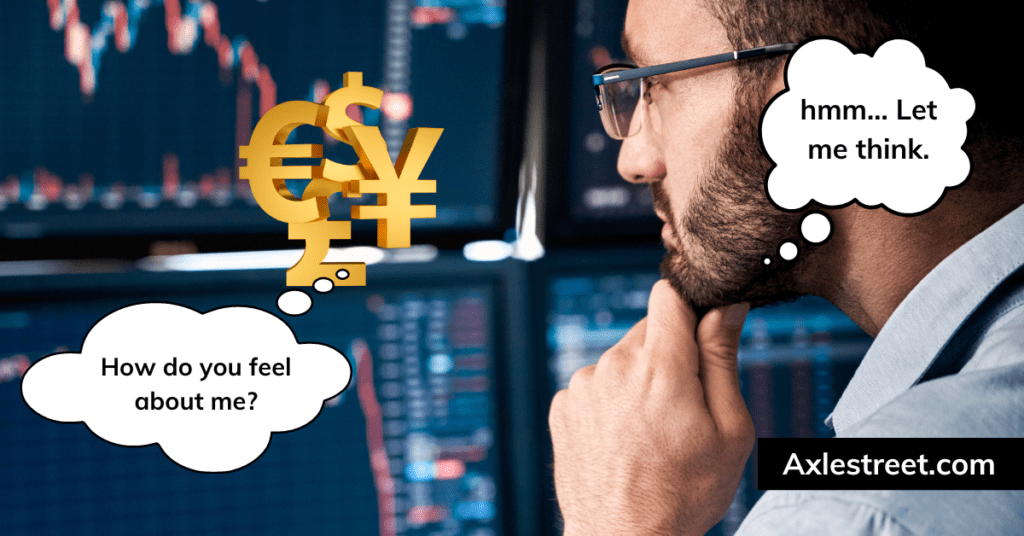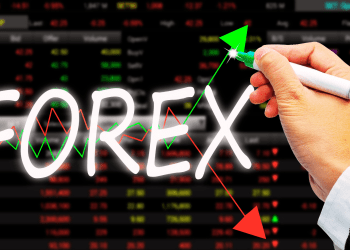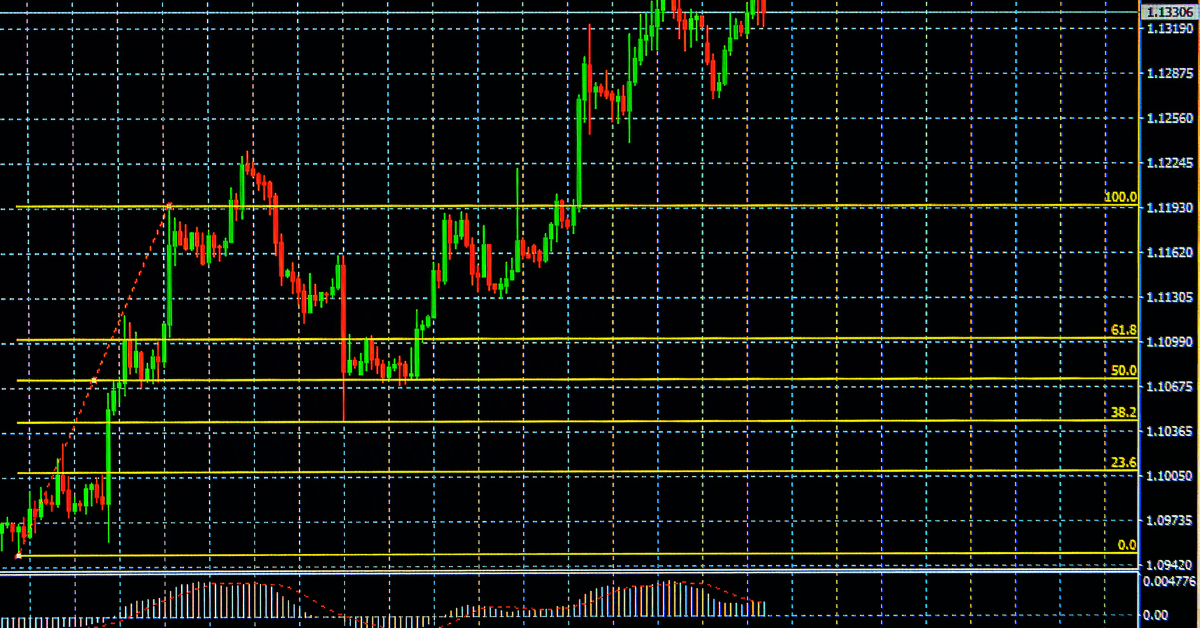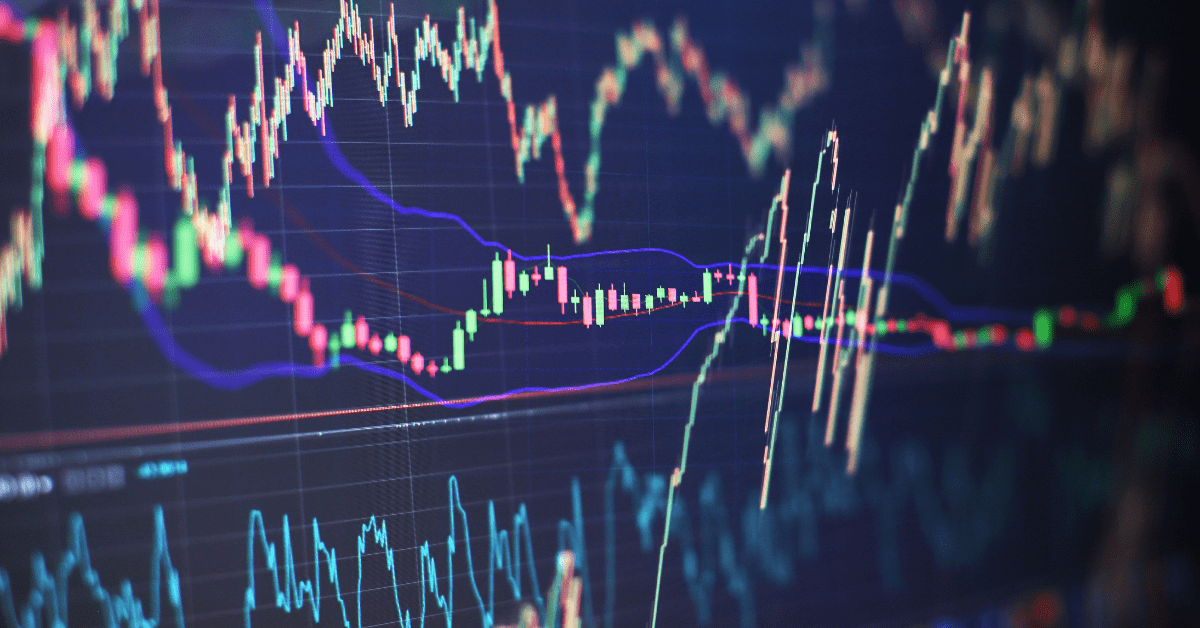Gaining an edge over the competition is important in forex trading. Knowing how to do sentiment analysis can be a powerful tool, in addition to technical analysis, to gain an edge in the market. In this article, we will discuss what sentiment analysis is and how to do it.
“Sentiment Analysis”, simply put is about the mood of traders and investors towards a specific currency in the forex market.

It is about understanding how the psychological factors effects can influence the currency price movements in the forex market (works for crypto as well). Even though you can trade solely based on technical analysis or even fundamental analysis, it is a good idea to keep an eye on the sentiments in the market.
How to do Sentiment Analysis?
There are several ways to do sentiment analysis in the forex market. You can do sentiment analysis by gathering various kinds of data. Now, let’s look at what kind of data you can gather to do sentiment analysis.
- News & Economic Data – This can be done by following some news articles & economic reports about the market. Positive news and very strong economic indicators can create a positive sentiment toward the market. While, negative news and weak economic indicators will create a negative sentiment toward the market.
- Social Media & Forums – Another great way to do sentiment analysis is to check out some popular trading forums and see what other traders talk about. Also, social media is great for sentiment analysis. If you follow other traders, you can see their opinion about certain currency pairs. But make sure to take most traders’ advice with a grain of salt. It is important that you do your own technical analysis.
- Analytics Reports – Some market analysts publish daily or weekly reports about the forex market. You can get some ideas of sentiments from these reports. Usually, these reports contain sentiment analysis based on fundamentals and technicals.
Fear & Greed in the Forex Market
Fear and greed are the two most powerful emotions that significantly impact market sentiment. Understanding these two emotions and how they influence the market is crucial for successful sentiment analysis.
Fear is considered the stronger emotion of these two emotions. Fear tends to drive traders to make irrational decisions in the market. Fear usually intensifies when there are periods of uncertainty and market downturns. This can cause an increase in pressure for selling and rushing to exit trading positions.
Recognising these fear-driven market behaviours is important for traders. One indicator of increased fear is volatility. When there is fear in the market, the volatility tends to rise. By identifying these patterns in the market, traders can adjust their strategies to make profitable trades.
There is a tool that traders use to measure fear in the market. This is called the Volatility Index (VIX). This is also referred to as the fear gauge. A rising VIX can mean that there is rising uncertainty and gear among traders.
Greed is on the other side of the spectrum. Greed also influences market sentiment significantly. Greed comes from the desire for excessive profits. This can lead to bad decision-making. Usually, traders who get greedy engage in overtrading (not recommended) and chasing unrealistic gains in the market (important to stick to your risk-to-reward ratios).
Learning how to recognise these greed-induced markets are important. Because this can help you as a trader avoid getting into the trap of overtrading and having unrealistic expectations in the markets. It is important to have a sound risk management strategy when it comes to trading in the forex market.
Conclusion
That’s it for this article. Hope this article gave you a very good base understanding of sentiment analysis. It can be a good idea to incorporate some sentiment analysis in addition to technical analysis when trading in the forex market.








